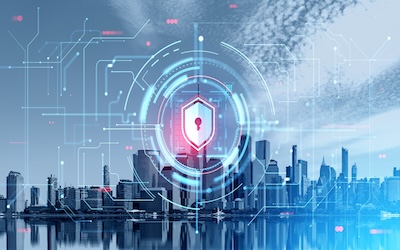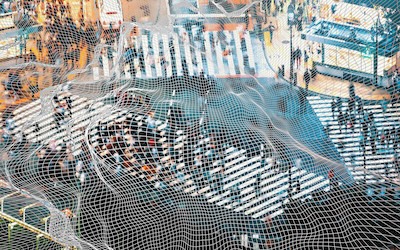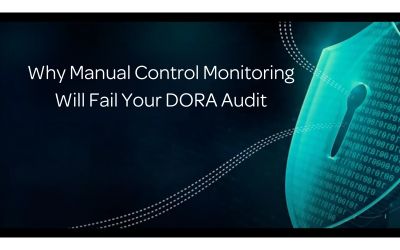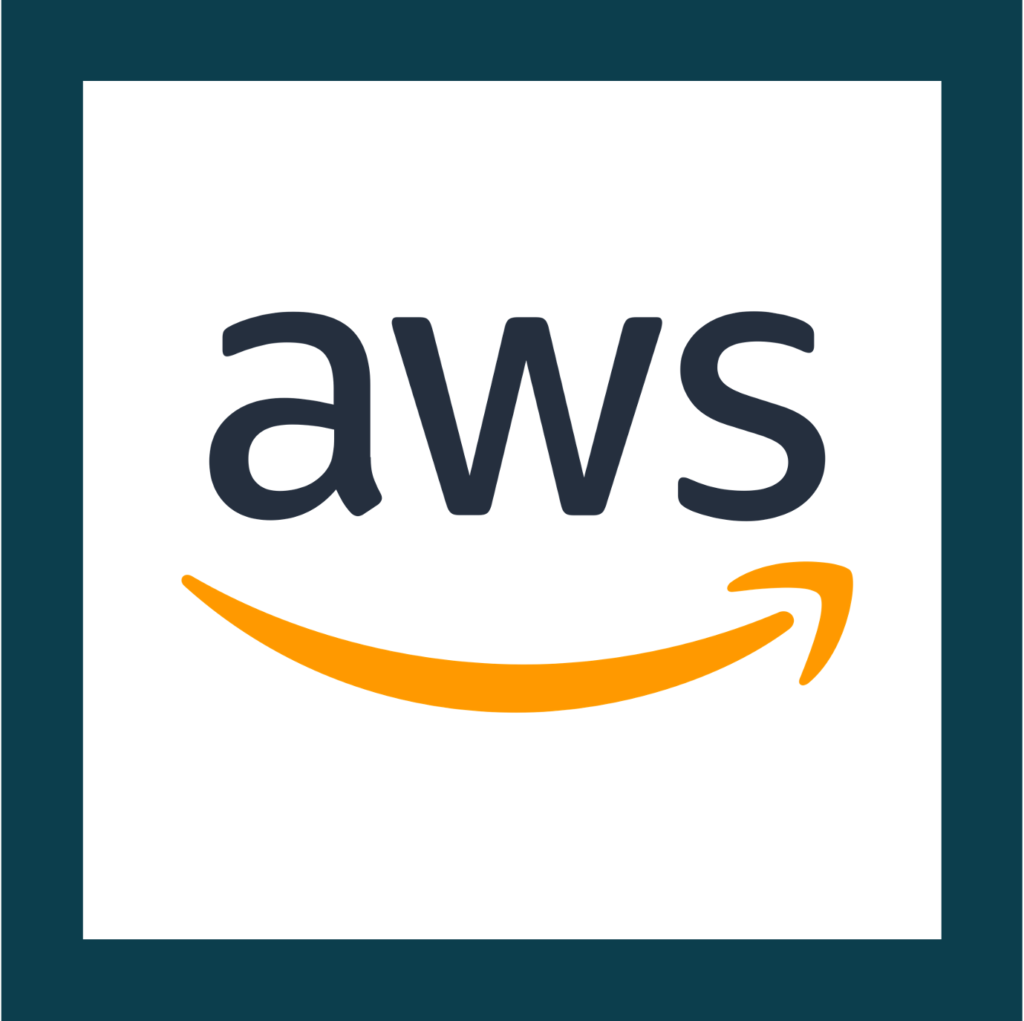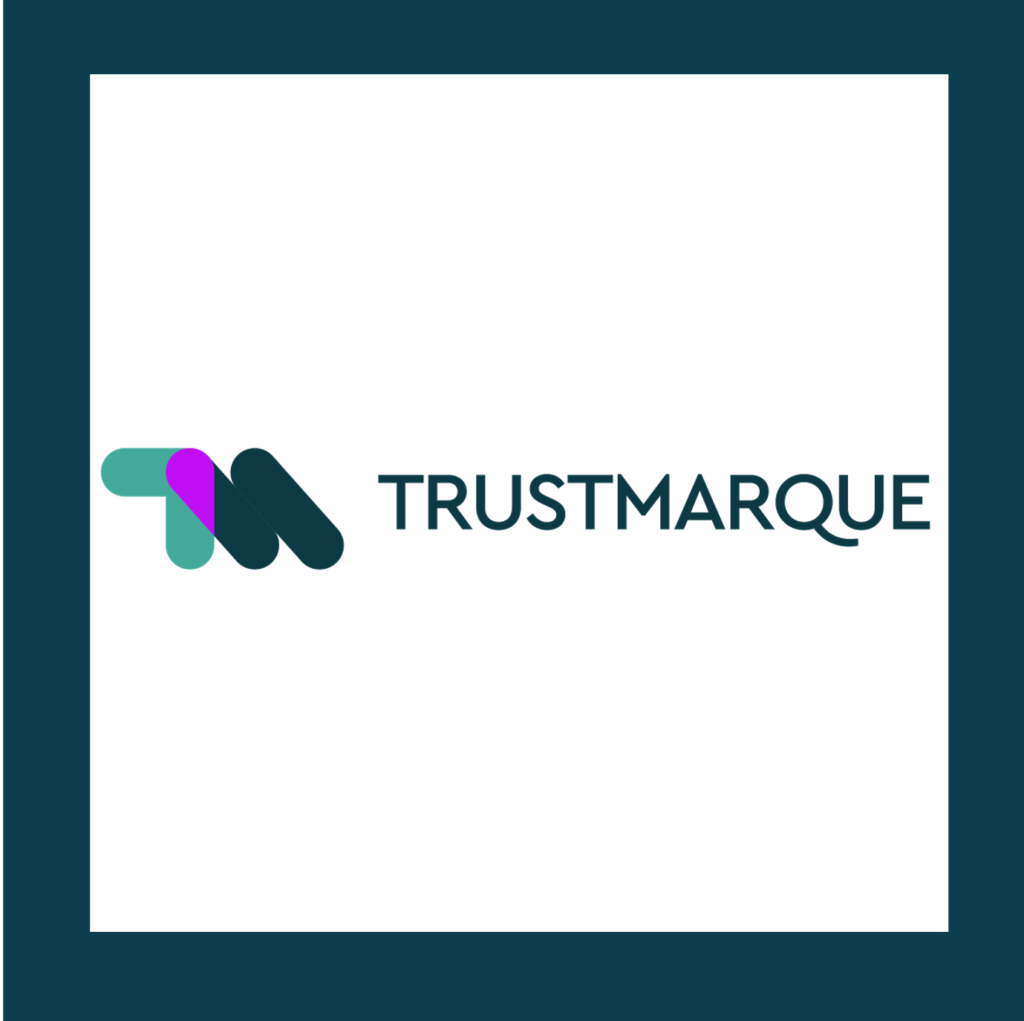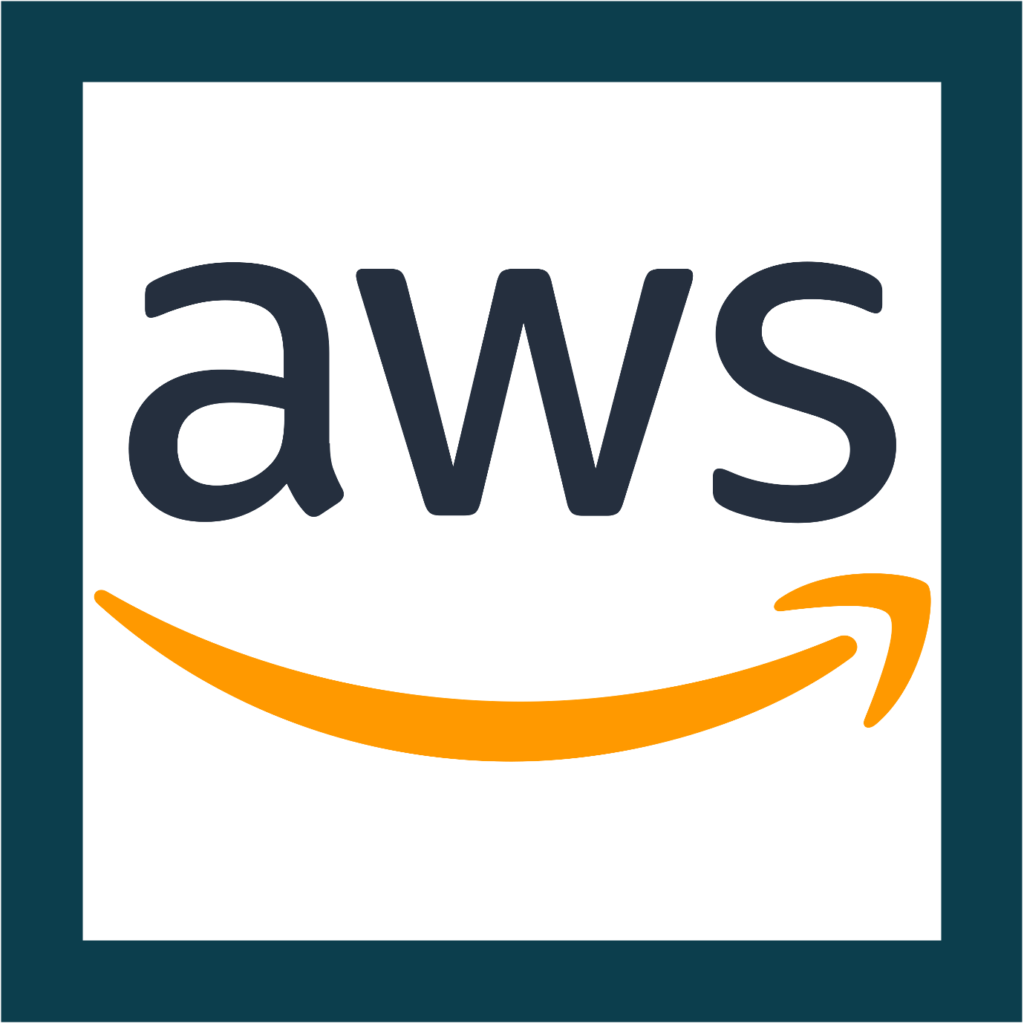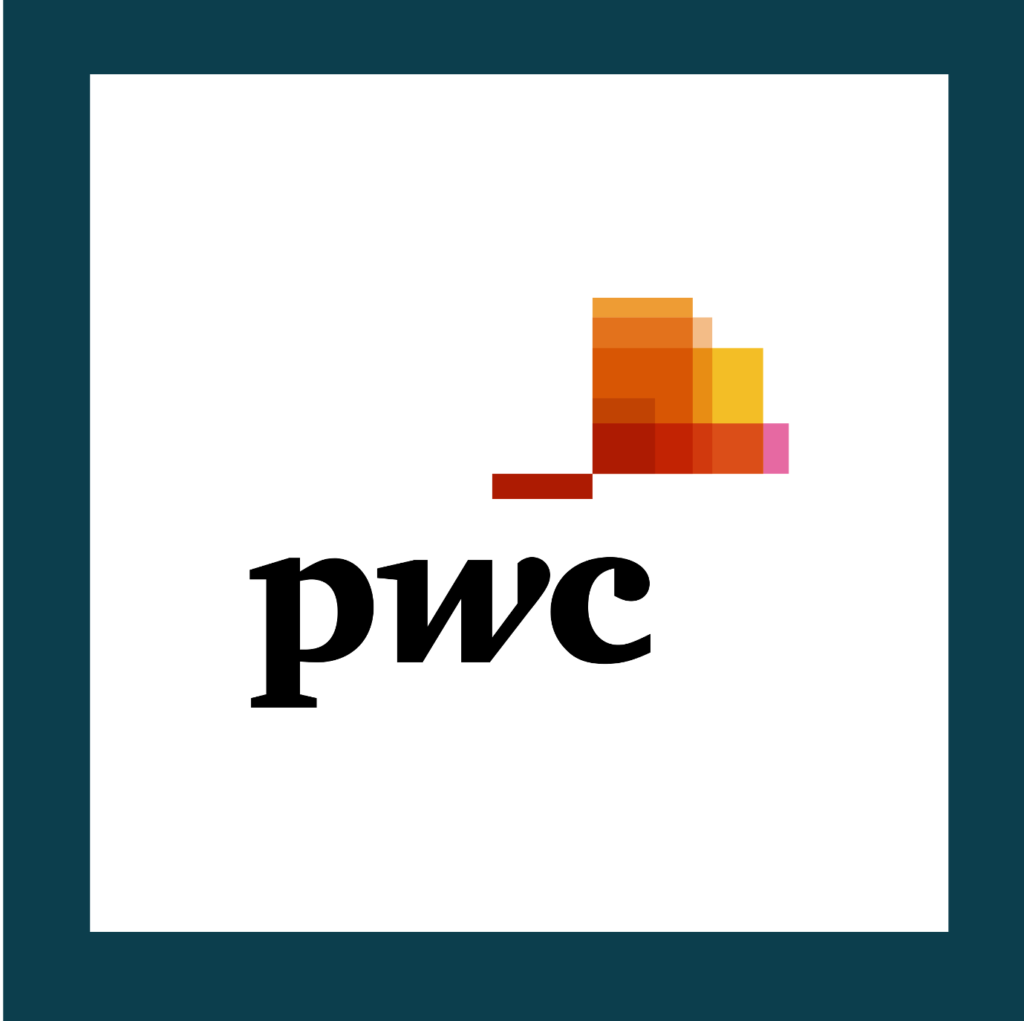Cyber risk isn’t slowing down, it’s scaling up.
What’s changed is where accountability sits. The question of “how secure are we?” has shifted from the CISO’s inbox to the boardroom agenda. And with it comes a new expectation: that boards don’t just oversee cyber resilience, they assure it.
And they have to be right?
Let’s be clear, there is no blame to be laid at any door. For too long CISO’s have struggled to communicate cyber risk to boards and finding it hard to relate this to business outcomes. Equally Boards have been unable to navigate to a middle ground to understand, despite very public attacks, the risks at their operational doors and how they can support their cyber security teams.
However, while many boards have governance processes and compliance reports now in place, few have the real-time foresight needed to act before disruption strikes. Oversight tells you what went wrong. Foresight tells you what’s about to.
And that difference defines who we’ll call resilient, and who we’ll read about in tomorrow’s headlines.
Cyber resilience starts with real-time visibility
Most boards today rely on lagging indicators: quarterly risk dashboards, static compliance scores, or post-incident analyses. They show what happened, but not what’s happening now.
When production stops, data leaks, or ransomware paralyses operations, the insight always comes too late. True operational resilience starts with continuous visibility; the ability to see, every day, whether controls are functioning as intended.
That’s where Continuous Controls Monitoring transforms oversight into foresight.
By continuously validating control health across systems, cloud environments, and third parties, CCM gives boards a live picture of their cyber posture. Instead of snapshots, they get a stream, real-time insight that highlights weak spots before they become incidents.
From assurance reports to assurance in real time
Boards don’t need more reports. They need more confidence. Assurance in the information they are receiving.
Traditional assurance cycles rely on manual evidence gathering, point-in-time reviews, and retrospective analysis. But between audits, risk exposure shifts, often dramatically and assurance is never going to be obtained by manual static evidence.
With CCM, assurance becomes continuous:
- Every control monitored in real time
- Every deviation automatically flagged
- Every change tracked and evidenced
The result? Instant visibility into where the business is exposed and whether remediation is happening fast enough. Assurance no longer waits for the next audit cycle, it’s built into daily operations.
Leveraging predictive analytics: foresight, not hindsight
Continuous visibility is powerful, but the next frontier for boards is predictive insight, the ability to anticipate risk before it materialises.
With CCM acting as the data foundation, organisations can apply analytics and machine learning to identify emerging patterns, such as:
- Controls that repeatedly fail across certain systems or locations
- Identity access anomalies that suggest elevated breach risk
- Endpoints or cloud assets trending toward non-compliance
- Vendors whose control posture is degrading over time
Predictive analytics gives boards the ability to answer questions like:
- Where are we most likely to experience a breach in the next 30, 60, 90 days?
- Which control failures correlate most strongly with major incidents?
- Which business units or suppliers pose rising operational risk?
This is where cyber resilience becomes a strategic advantage. Instead of reacting to yesterday’s weaknesses, boards can take informed, proactive steps based on tomorrow’s risks reallocating budget, accelerating remediation, or strengthening oversight in the areas that matter most.
Predictive insight shifts cybersecurity from a cost centre into a performance engine.
Why foresight builds trust
Shareholders, regulators, and customers are demanding higher levels of accountability from the board when it comes to cyber resilience. But accountability without insight creates uncertainty and uncertainty accelerates risk.
Foresight, powered by continuous monitoring and analytics, changes that dynamic.
Boards can see not just what controls exist, but that they’re working, and that the business is trending towards stronger resilience rather than slipping quietly into vulnerability. This transparency doesn’t just strengthen protection; it builds trust at every level.
The KPIs boards should really be monitoring
Boards don’t need deeply technical dashboards they need business-ready metrics that show the health, direction, and velocity of risk. CCM provides exactly that.
Key KPIs include:
- Control Pass Rate: What percentage of controls are consistently operating as expected?
- Mean Time to Detect (MTTD): How quickly are control failures or vulnerabilities identified?
- Mean Time to Remediate (MTTR): How fast are issues resolved and is this improving?
- Top Failing Controls: Which controls fail most often, and what’s the business impact?
- Third-Party Control Health: How resilient are suppliers and critical partners?
- Compliance Drift: How quickly are systems moving out of compliance, and why?
These KPIs provide a living, breathing assessment of organisational resilience, the kind that allows boards to make decisions confidently, even under pressure.
Building resilience that lasts: what boards should do next
Resilience isn’t built in a crisis it’s built everyday. Boards that lead on cyber resilience don’t wait for the next breach, bailout, or audit failure to act; they invest in visibility, automation, and foresight now.
Here’s what effective boards do next:
- Demand continuous evidence, not static reports. Point-in-time data is no longer enough.
- Establish cyber KPIs at the board level. Make resilience measurable and accountable.
- Integrate predictive analytics into risk discussions. Focus on emerging threats, not historic ones.
- Strengthen oversight of third-party risk. Your supply chain is often your biggest blind spot.
- Align cyber investment to real-time posture. Spend where the data shows the most impact.
These steps move cyber from a reactive operational burden to a proactive strategic pillar.
The organisations that thrive will be the ones that can see ahead
In the age of continuous threats, the strongest organisations aren’t those with the best response plans — they’re the ones that see trouble coming.
With Continuous Controls Monitoring and predictive analytics, boards gain the foresight to prevent disruption, protect revenue, and ensure long-term resilience.
Because oversight tells you what happened.
Foresight tells you what’s next.
To explore our CCM platform, why not take a quick walk through our interactive demo – click here to explore.


